Putting ewes in containment and keeping positive are the keys in dry season
Putting ewes into containment, a reticulated water system, deep rooted perennial pastures and a lamb feedlot are paying dividends for these producers.
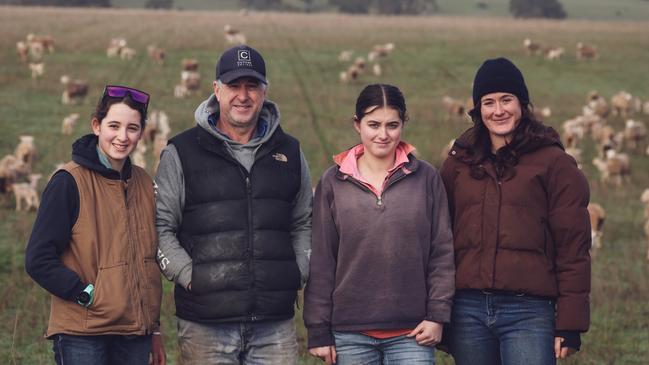
Getting the most out of their grass has paid dividends, in both good and bad seasons, for Andrew and Michelle Edgar.
The couple, along with full-time employee Georgie Lawrence, run 10,000 composite breeding ewes on their 2000ha property Cuyuac, 200ha of which is native bush and 200ha of blue gum forest, at Nareen in Victoria’s Western District.
About eight years ago they started putting systems in place for drought preparedness and to protect pastures to grow more winter feed.
The main changes were putting sheep into containment for a period of time during autumn, a reticulated water system, deep rooted perennial pastures and developing a lamb feedlot.
And in a dry year like 2024, the finely tuned system has become even more important.
“This dry season has tested all the systems I have put in place. They are important every year, but they are particularly critical in a season like this,” Andrew said.
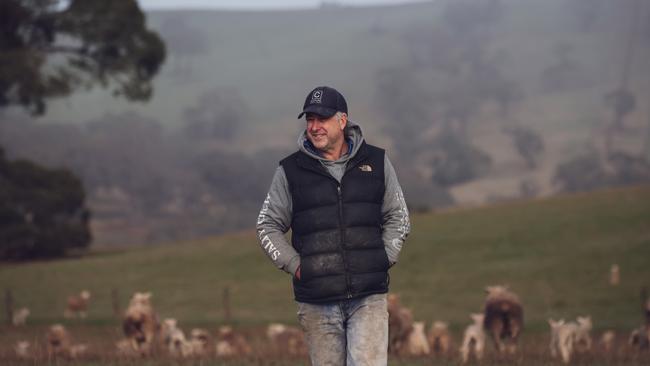
With an average annual rainfall of 750mm on their sandy loam and deep red soil property, the Edgar’s are used to a seasonal break in May, but that didn’t arrive this year.
In 2016 Andrew built the containment area and each year since has put ewes in containment for various lengths of time.
“It is a really important tool in our production system and it is a must for maintaining good pastures and to grow more winter feed,” he said.
Andrew said they outlaid about $15,000 to build the containment area, which can hold 10,000 sheep, and has nine pens designed to hold 1000 to 1500 sheep each.
“So at $1.50 a sheep, it was a small capital cost.”
Sheep are put into containment anywhere between February and April when dry feed gets to 1000kg of dry matter per ha.
“Maintaining good ground cover is extremely important and in a year like this, I have more feed than I would have if I didn’t use containment.”
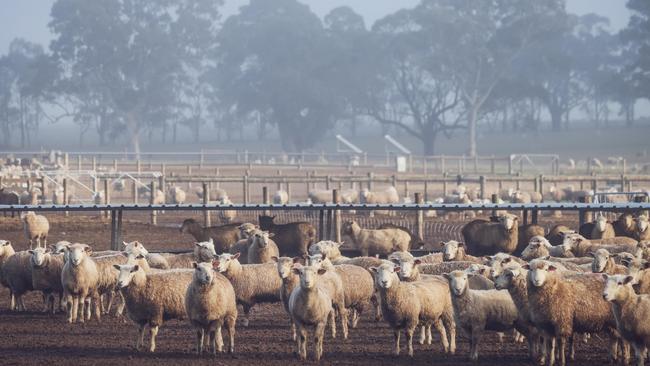
With their average seasonal break in May, the sheep stay in containment for three to four weeks, past the break and when there is between 1200-1500kg dry matter per ha.
This year was an exception however, and the ewes stayed in containment until one week before lambing started and they went back out onto 500-1000kg dry matter per ha.
“By putting sheep into containment it puts you in front for the rest of the year, so we are a couple of hundred kilograms of grass ahead all of the time.”
And it is working.
Since 2016 Andrew said they haven’t fed sheep through winter as they always have green feed, however this year was an exception.
“It has increased our production and has been a massive labour saver. It takes us about three hours to feed sheep in containment and if they were in paddocks and feeding during winter it would take us 15-20 hours a week.”
Andrew said having the sheep in containment meant they had some feed available for lambing ewes.
“We have learnt a lot, one of the things was we learnt we could leave the ewes in containment until one week before lambing as long as they are fed properly they are OK.”
Once the ewes came out of containment this year they were fed until the point of lambing and then every paddock was assessed and every lambing paddock was spread with 20kg/head of maize.
“That gives them a couple of weeks of feed if they run out of paddock feed and we don’t have to go in and interrupt them with the ute and feeder.”
Early weaning was also an important part of the system at Cuyuac and Andrew said it would be especially important this year.
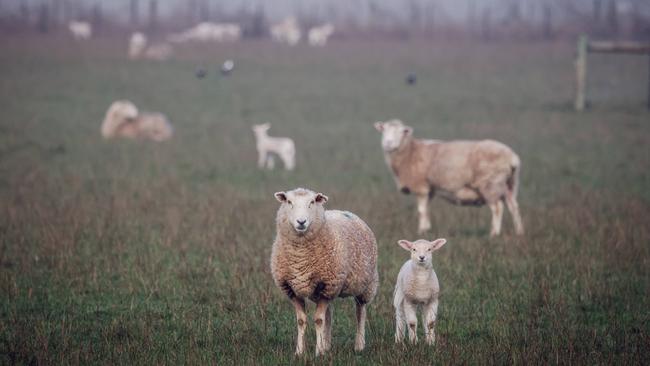
Weaning is undertaken at six to 10 weeks, instead of the traditional 12 weeks, regardless of the season.
“We have a good base of perennial pasture with sub-clover and it is really good for lambs. It means the lambs get the best feed and the ewes have plenty of time to recover.”
About 50 per cent of lambs are finished off pasture and are ready to be sold around October or November and then grain feeders are put into paddocks in early spring when feed quality drops off, to finish the remainder of the lambs.
Lambs are generally sold direct to processors at 23-25kg carcass weight.
As well as the containment area, Andrew also invested in a reticulated water system, which allows them to have smaller paddocks which leads to improved grazing management and better lamb survival through smaller mob sizes.
They invested in two 100,000 litre tanks, eight kilometres of poly pipe, 15 water troughs, and a large capacity solar pump. Water is pumped from the 20 megalitre gully dam and then gravity fed to water troughs across the farm.
“Water security is extremely important.”
A 7000 head lamb feedlot also makes up the Edgar’s production system.
“It is a risk reduction tool and allows us to finish our own lambs if the sums add up or trade lambs through the feedlot.”
“The feedlot has given me a way to maintain good cash flow.”
While the feedlot is something that Andrew has had for quite a number of years, he added automatic feeders last year, which took it from 2000 head feedlot to 7000 head.
“For lambs to go into the feedlot it has to add up, we assess each year and take into account feed costs and price of lamb. We aim for $15 to $20 margin, if it is any lower it isn’t worth it.”
Andrew said trading lambs was done on an opportunity basis and once all of their lambs were sold.
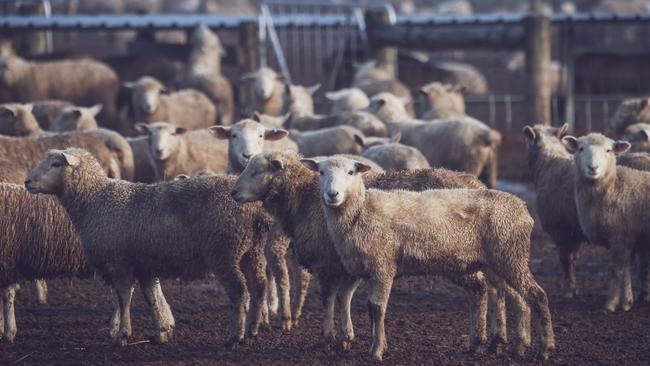
Pastures and summer crops were also important parts of the Edgar’s system.
Andrew said they grow deep rooted perennial pastures balanced with sub-clovers, which feed the pastures nitrogen and provide excellent lamb finishing feed.
“Deep rooted perennials grow plenty of feed when the moisture arrives and helps maintain good ground cover and allows us to take advantage of rain any time of the year.”
A summer brassica crop of 100-150ha was planted each year.
“It’s a good pasture renovation tool and has fitted well with our ex-forestry land we are developing.”
Andrew said all of the elements of the system worked together, and were especially important when a season caught them out.
“We generally have a fairly high stocking rate and reliable seasons.”
“There is a lot to be learned from seasons like this, I’ve talked to a lot of NSW people who have gone through it before. It is also important to try and stay positive and priorities physical and mental health.”





